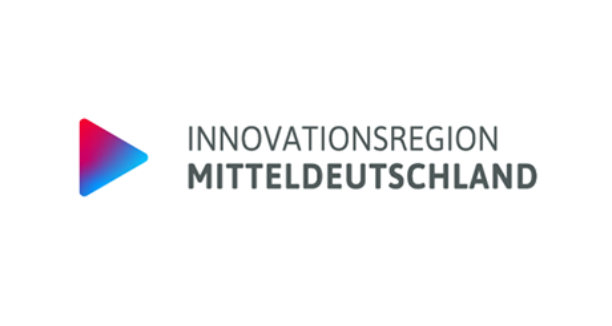The Central German mining district
A region with a future at the heart of Germany
The Central German mining district, located in southern Saxony-Anhalt and northwestern Saxony, has been a lignite mining area for over 150 years. When coal mining was at its peak, around 55,000 people were employed in this industry.
Today there are still two active large opencast mines to the south of Leipzig: the Vereinigtes Schlehenhain mine and the Profen mine.
The large power plants in Lippendorf and Schkopau produce electricity and heat for the entire region. The phase-out of lignite poses major challenges for the regional economy and its towns and municipalities.
Established metropolitan region in
a state of transition and growth
The highly urbanised region around the cities of Leipzig and Halle, with around 2 million inhabitants, is one of the most important industrial locations in Germany. In addition to the energy sector, the automotive, chemical, healthcare, IT and logistics industries, as well as the food industry and tourism, are vital and defining economic sectors. The circular economy, glass industry, glass craftsmanship, and the production and use of green energy, are also becoming increasingly important.
Alongside numerous innovative small and medium-sized companies, major international companies such as Porsche and BMW, Dow Chemical, Bayer, Beiersdorf, DHL and Amazon have also settled here. Now it is a case of building on this trend.
New landscapes with new opportunities
Lignite mining has shaped and changed the landscape. The closure of the majority of the many opencast mines marked a substantial economic shift, but it also represented a challenge and an opportunity to create a post-mining landscape worth living in – for people and nature.
The Leipziger Neuseenland lake district, which was created from former opencast mines, and the city of Leipzig have been developing over the years into residential areas with a high quality of life and as attractive tourism and leisure regions with broad appeal.
However, former mining or coal industry areas also offer valuable land potential for new economic uses and the transformation of the energy sector toward climate-friendly energy production.
Special support for structural development in the region
In Saxony’s Central German mining district, extensive funding is available for the two administrative districts of Nordsachsen and Leipzig with their 60 towns and municipalities as well as the city of Leipzig itself. This funding provides a significant opportunity to support structural change and provide additional impetus for the economic development of the region.
Based on the Coal Regions Investment Act, municipal and state projects are to be subsidised with 1.1 billion euros by 2038 and a further 2.1 billion euros will be invested through federal projects.
Municipal projects – A collaborative decision
In Saxony, regional stakeholders are actively involved in structural development. Together with the Saxon State Ministry for Regional Development (SMR), the two administrative districts and the city of Leipzig have therefore formed a Regional Monitoring Committee for the Central German mining district. This committee evaluates and decides which municipal projects should receive structural funding.
Your contacts in the Saxon part of the Central German mining district:
Location Leipzig
Sächsische Agentur für Strukturentwicklung GmbH
Gerberstraße 3 – 5
04105 Leipzig
Location Borna
Sächsische Agentur für Strukturentwicklung GmbH
Stauffenbergstraße 4
04552 Borna












